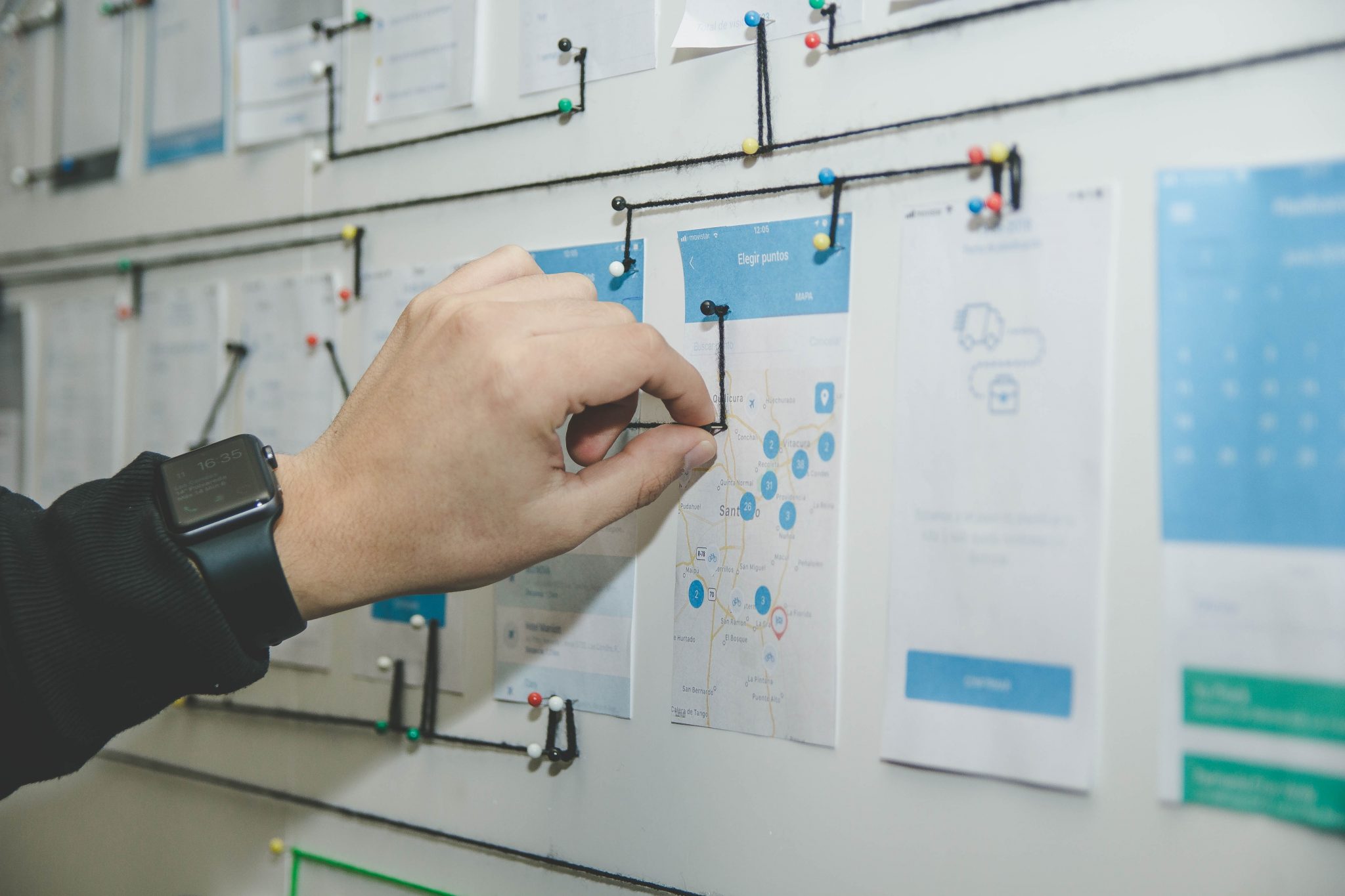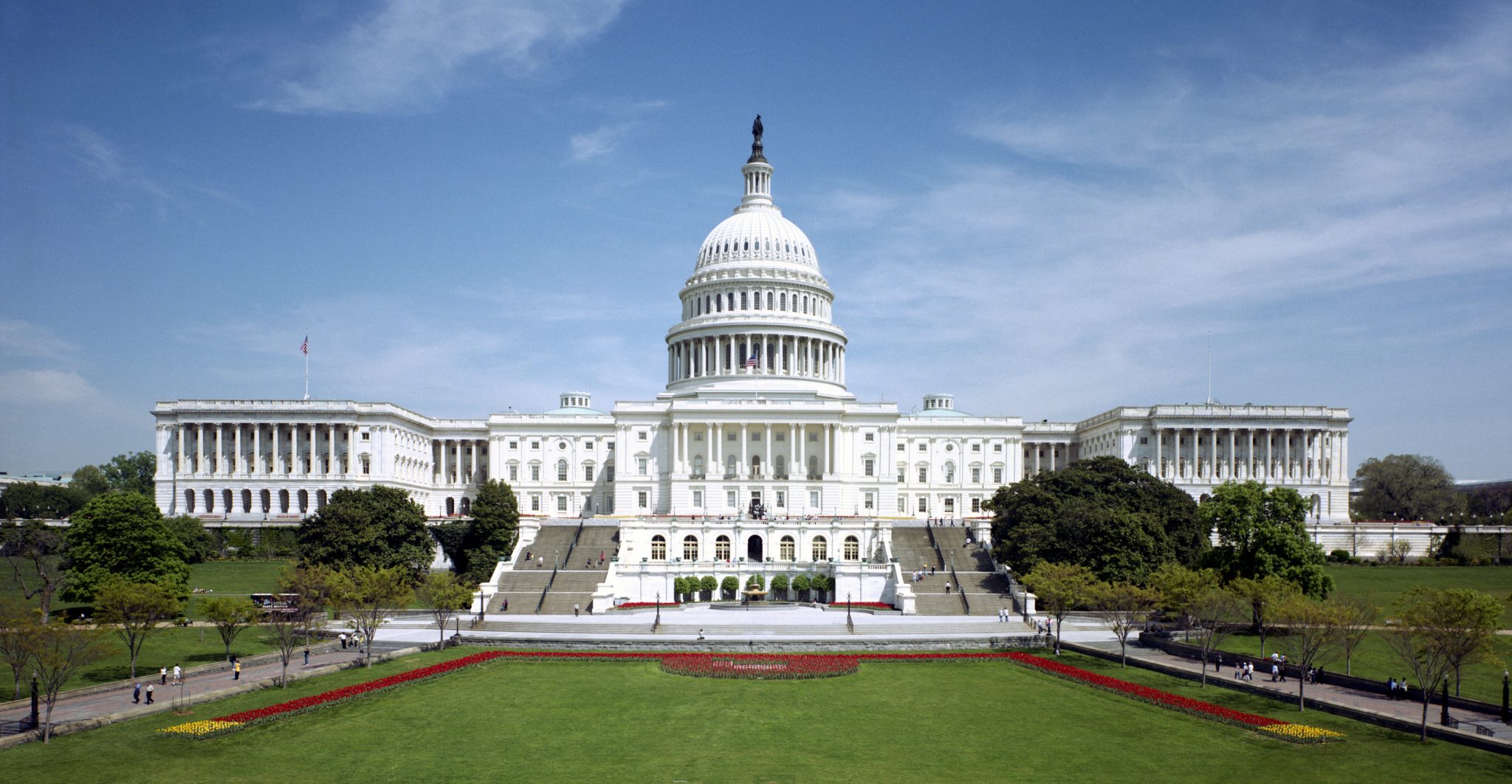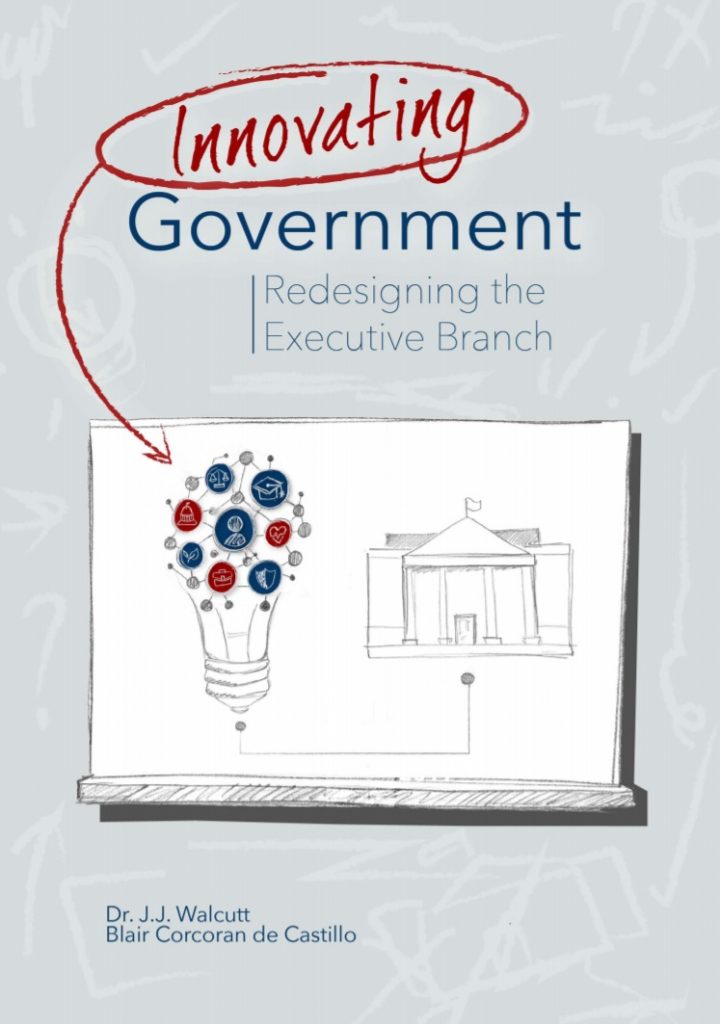We say by the people, for the people. But do we mean it?
Perhaps at one point, or in a vacuum, we did….or at least we try to tell ourselves we do. But the reality is that nothing happens without money, ideas, influence, and systems of people working together. And with time and energy in short supply, we turn to the easiest, clearest, fastest methods for making change. Change plans then tend to reflect these thought processes. Accordingly, DC culture tends to start with a power assessment: It almost feels like being scanned by a laser – The questions are: Who do you know? and How much money do you have? These are the easy questions, the fastest ways to make change.
But there’s a glitch – true change doesn’t occur when these direct power lines are used because at their core, they are superficial – they don’t represent anything new, anything exceptional, or garner any true connection. They are simply transactional – what can you give me and what can I give you?
True change can only come from a swell of influence and chosen buy-in from individuals, groups, and communities because otherwise, the brittle nature of the transactional relationships ensures that a) you’ll never reach sustained change, b) you’ll never create meaningful change, and c) you’ll have to keep feeding the bear, so to speak. In other words, you’ll continually have to make deals in order to sustain your perceived level of power.
I stand by the belief that “It doesn’t take an act of Congress to fix the nation; it only takes a whole lot of Americans to work hard, together.” We have more power than we realize – but we need to know how to exercise it.
We’ve been taught that our vote is how we spread our influence. When that didn’t work, we turned to activism. When that didn’t work, we focus on our communities and things we can change quickly and without too much oversight or overbearing influence. But even this hasn’t worked – else we wouldn’t be a nation so angry and intra-fighting at the moment.
What we must do is to come together – not because a politician says so – not because we want to argue – not because we want to be heard – but because we want to save this nation for our children. We have to decide, together, to create a culture shift that balances power across our people. It’s wonderful to say that we lift up people who need help because we’re nice but in actuality, the reason we need to lift up this entire country is because when we are all working at our best, our nation has unbelievable power to be the iconic dream of freedom, creativity, innovation, and leadership.
If we don’t shift from a top-down power structure to a web-of-influence structure, we will collapse while entrenched deeply in our own biases. Change is possible but it requires everyone to participate – and everyone to recognize the power they have.









